

| Firma : Oceania Cruises |
| Statek : Sirena |
| Data rozpoczęcia : śr. 11 mar 2026 |
| Data zakończenia : pt. 24 kwi 2026 |
| Liczba nocy : 44 nocy |
| Dzień | Data | Port | Wypłynięcie | Odpłynięcie |
|---|---|---|---|---|
| 1 | 11.03 śr. | Mumbaj (Bombaj) / Indie | 18:00 | |
| 2 | 12.03 czw. | Dzień na morzu / Morze | ||
| 3 | 13.03 pt. | Dzień na morzu / Morze | ||
| 4 | 14.03 sob. | Male / Maldives | 08:00 | |
| 5 | 15.03 niedz. | Male / Maldives | 19:00 | |
| 6 | 16.03 pon. | Dzień na morzu / Morze | ||
| 7 | 17.03 wt. | Dzień na morzu / Morze | ||
| 8 | 18.03 śr. | Dzień na morzu / Morze | ||
| 9 | 19.03 czw. | Victoria, wyspa MAE / Seszele | 07:00 | 15:00 |
| 10 | 20.03 pt. | Dzień na morzu / Morze | ||
| 11 | 21.03 sob. | Nosy Be / Madagascar | 11:00 | 21:00 |
| 12 | 22.03 niedz. | Mamoudzou / Mayotte | 11:00 | 21:00 |
| 13 | 23.03 pon. | Dzień na morzu / Morze | ||
| 14 | 24.03 wt. | Dzień na morzu / Morze | ||
| 15 | 25.03 śr. | Dzień na morzu / Morze | ||
| 16 | 26.03 czw. | Maputo / Mozambique | 07:00 | 16:00 |
| 17 | 27.03 pt. | Richards Bay / South Africa | 09:00 | 19:00 |
| 18 | 28.03 sob. | Durban / South Africa | 07:00 | 17:00 |
| 19 | 29.03 niedz. | Dzień na morzu / Morze | ||
| 20 | 30.03 pon. | Kapsztad / South Africa | 19:00 | |
| 21 | 31.03 wt. | Kapsztad / South Africa | 17:00 | |
| 22 | 1.04 śr. | Dzień na morzu / Morze | ||
| 23 | 2.04 czw. | Luderitz / Namibia | 07:00 | 17:00 |
| 24 | 3.04 pt. | Walvis Bay/Zatoka Walwis / Namibia | 10:00 | 19:00 |
| 25 | 4.04 sob. | Dzień na morzu / Morze | ||
| 26 | 5.04 niedz. | Dzień na morzu / Morze | ||
| 27 | 6.04 pon. | Dzień na morzu / Morze | ||
| 28 | 7.04 wt. | Sao Tome / Wyspy Świętego Tomasza i Książęcej | 10:00 | 20:00 |
| 29 | 8.04 śr. | Dzień na morzu / Morze | ||
| 30 | 9.04 czw. | Rzym (Civitavecchia) / Włochy | 08:00 | 18:00 |
| 31 | 10.04 pt. | Sekondi-Takoradi / Ghana | 09:00 | 19:00 |
| 32 | 11.04 sob. | Abidjan / Wybrzeże Kości Słoniowej | 07:00 | 17:00 |
| 33 | 12.04 niedz. | Dzień na morzu / Morze | ||
| 34 | 13.04 pon. | Dzień na morzu / Morze | ||
| 35 | 14.04 wt. | Dzień na morzu / Morze | ||
| 36 | 15.04 śr. | Bandżul / Gambia | 07:00 | 19:00 |
| 37 | 16.04 czw. | Dakar / Senegal | 07:00 | 17:00 |
| 38 | 17.04 pt. | Dzień na morzu / Morze | ||
| 39 | 18.04 sob. | Mindelu / Cape Verde | 07:00 | 17:00 |
| 40 | 19.04 niedz. | Dzień na morzu / Morze | ||
| 41 | 20.04 pon. | Dzień na morzu / Morze | ||
| 42 | 21.04 wt. | Arresife / Hiszpania | 08:00 | 17:00 |
| 43 | 22.04 śr. | Agadir / Morocco | 08:00 | 18:00 |
| 44 | 23.04 czw. | Dzień na morzu / Morze | ||
| 45 | 24.04 pt. | Lizbona / Portugalia | 07:00 | 17:00 |
Twój Świat w cenie
Dzięki Twojemu Światu w cenie, będziesz cieszyć się szeroką gamą udogodnień, zapewniających najwyższy komfort i wartość rejsów ultra-premium.
Niezapomniane doznania kulinarne w licznych, wykwintnych restauracjach — wszystko bez dodatkowych opłat.
Bezpłatne kawy specjalistyczne, napoje gazowane, świeżo wyciskane soki oraz woda gazowana i niegazowana Vero Water® serwowane na całym statku.
Nielimitowany, bezpłatny dostęp do Wi-Fi w apartamentach, kabinach i wszystkich pomieszczeniach ogólnodostępnych.
Posiłki serwowane w pokoju z doskonałym wyborem dań na ciepło i zimno.
Koktajle, koktajle mleczne, gelato i firmowe lody Humphry Slocombe — zawsze w cenie.
Grupowe zajęcia fitness w Aquamar® Spa + Vitality Center są bezpłatne.
Napiwki są wliczone w cenę dla Twojej wygody.
Pranie jest bezpłatne dla wszystkich gości.
Dzięki bezpłatnym pralniom samoobsługowym na pokładzie, a także usługom prania i prasowania dla kategorii Concierge i Suite, zawsze będziesz wyglądać olśniewająco. Oprócz naszej charakterystycznej, spersonalizowanej obsługi, zapewnimy Ci wzbogacający rejs bez ukrytych kosztów i prowizji.
Podnieś poziom swoich wrażeń
Kajuty Concierge Level Veranda oferują niezrównane połączenie luksusu, przywilejów i wartości. Bogactwo udogodnień i ekskluzywnych korzyści sprawi, że Twoje wrażenia będą jeszcze bardziej wzniosłe — od dań do wyboru z The Grand Dining Room, przez bezpłatne usługi pralnicze, po nieograniczony dostęp do tarasu Aquamar Spa.
Na pokładzie Oceania Marina i Oceania Riviera możesz również skorzystać z usług dedykowanego Concierge i ekskluzywnego dostępu do prywatnego salonu Concierge Lounge.
Kajuty Concierge Level Veranda, zlokalizowane w najbardziej pożądanych miejscach statku, to coś więcej niż tylko kabiny — to niezapomniane przeżycie.
Concierge Level Veranda — Ekskluzywne przywileje
Rozszerzone menu posiłków do pokoju na lunch i kolację z The Grand Dining Room
Usługi pralnicze — do 3 sztuk bagażu na kabinę
Ekskluzywny dostęp do prywatnego salonu Concierge Lounge na statkach Oceania Marina, Oceania Riviera, Oceania Vista i Oceania Allura za pomocą karty-klucza, oferujący bezpłatne napoje, kawę, przekąski i usługi dedykowanego Concierge'a
Powitalna butelka wyśmienitego włoskiego Prosecco
Priorytetowe rezerwacje online w restauracjach specjalistycznych
Nieograniczony dostęp do tarasu Aquamar Spa
Torba z logo Oceania Cruises
Kaszmirowe koce na kolana — idealne do relaksu i przytulania
Prasowanie odzieży po wejściu na pokład
Bezpłatna usługa czyszczenia butów
Depozyt i płatności – Oceania Cruises
Depozyt ogólny:
W przypadku apartamentów typu Owner’s, Vista i Oceania Suites wymagany jest depozyt w wysokości 20% ceny rejsu od osoby.
W przypadku wszystkich pozostałych kategorii apartamentów/kabin, depozyt wynosi 500 USD od osoby.
W przypadku Grand Voyages depozyt wynosi 1500 USD od osoby.
Terminy depozytu i płatności końcowej:
Rezerwacje dokonane na ponad 150 dni przed rejsem:
Depozyt w wysokości 20% w przypadku apartamentów typu Owner’s, Vista i Oceania Suites oraz 500 USD w przypadku wszystkich pozostałych kategorii wymagany jest w ciągu 5 dni od rezerwacji.
Rezerwacje dokonane na 90–120 dni przed rejsem:
Pełna płatność wymagana w ciągu 3 dni od rezerwacji.
Rezerwacje dokonane na 0–90 dni przed rejsem:
Pełna płatność wymagana w dniu rezerwacji.
Ważne:
Rezerwacje, które nie zostaną wpłacone lub opłacone w całości zgodnie z niniejszym harmonogramem, zostaną automatycznie anulowane. O ile nie zaznaczono inaczej, płatność końcowa musi wpłynąć do Oceania Cruises na 150 dni przed wypłynięciem w przypadku rejsów krótszych niż 15 dni oraz na 150 dni w przypadku rejsów trwających 15 dni lub dłużej.
Oceania Cruises zastrzega sobie prawo do anulowania rezerwacji, które nie zostały w pełni opłacone w momencie płatności końcowej.
Informacje dodatkowe:
Dane paszportowe i specjalne prośby dotyczące usług pokładowych należy przesłać w momencie płatności końcowej.
Płatności można dokonać czekiem osobistym, kartą American Express, Discover, MasterCard lub Visa.
Dla wygody płatność końcowa może zostać automatycznie pobrana z karty kredytowej użytej do wpłaty początkowej.
Oceania Cruises nie ponosi odpowiedzialności za opłaty walutowe ani opłaty transakcyjne pobierane niezależnie przez banki wystawiające karty. Opłaty te nie przysługują Oceania Cruises.
Płatności kartami kredytowymi osób trzecich są akceptowane wyłącznie po uzyskaniu ważnej autoryzacji od posiadacza karty.
Depozyt i płatność – rejsy 180-dniowe
W przypadku rejsów 180-dniowych wymagany jest depozyt w wysokości 20% ceny rejsu od osoby za wszystkie apartamenty i kabiny w ciągu 7 dni od rezerwacji.
Ostateczna płatność musi zostać otrzymana najpóźniej 181 dni przed wypłynięciem, wraz z danymi paszportowymi i wszelkimi specjalnymi prośbami o usługi na pokładzie.
W przeciwnym razie rezerwacja może zostać natychmiast anulowana, a naliczone zostaną stosowne kary.
Forma płatności (FORMA PŁATNOŚCI)
Oceania Cruises akceptuje płatności za rezerwacje kartą kredytową/debetową lub przelewem bankowym.
Niestety, czeki osobiste nie są akceptowane.
Karty kredytowe/debetowe:
Akceptowane są karty American Express, Visa i Mastercard.
Uwaga: Oceania Cruises nie ponosi odpowiedzialności za opłaty za wymianę waluty/transakcje naliczane przez bank wystawiający kartę.
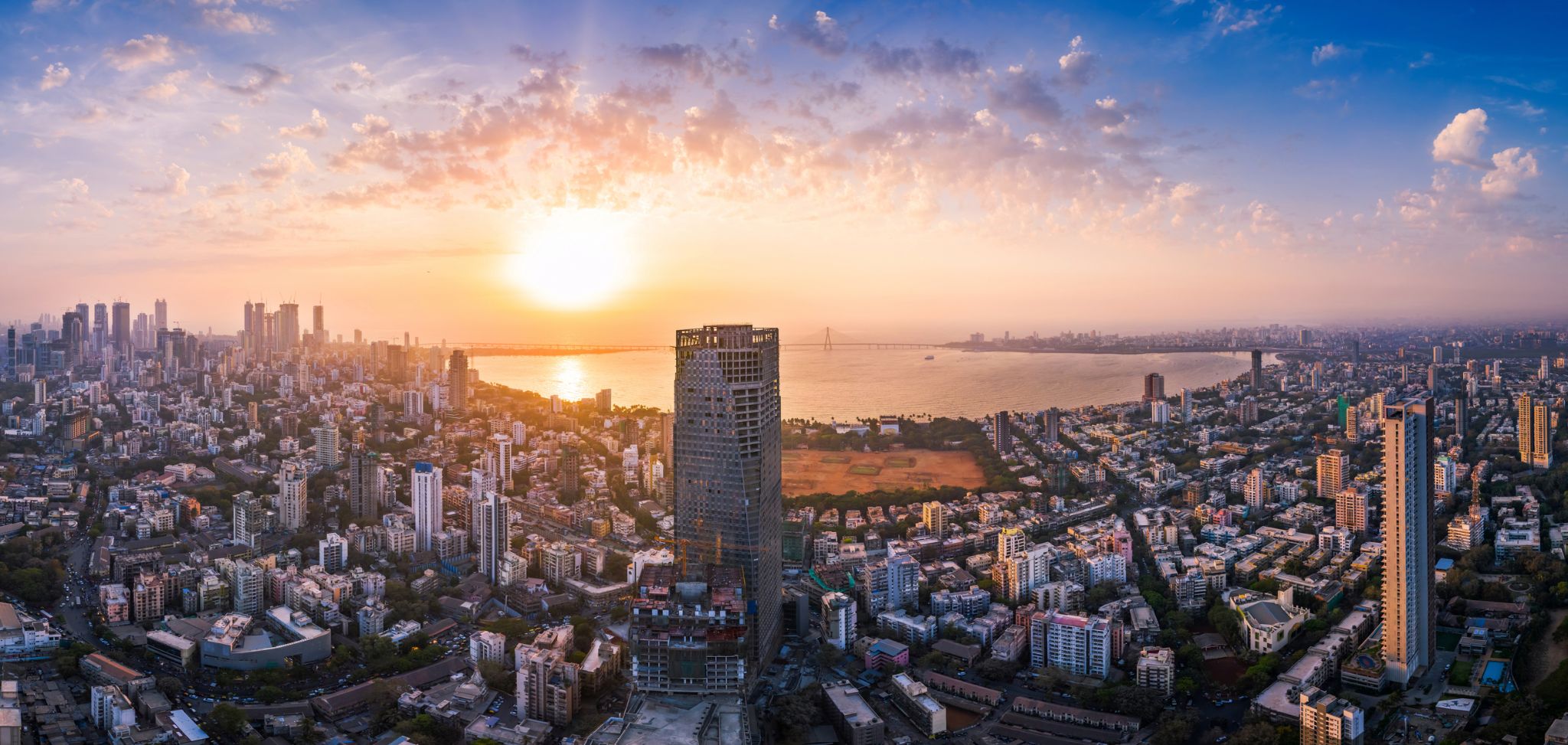
Mumbaj jest stolicą indyjskiego stanu Maharasztra. Jest najludniejszym miastem w Indiach, z szacowaną populacją samego miasta wynoszącą 12,4 miliona według stanu na 2011 rok. Wraz z sąsiednimi regionami Bombajskiego Regionu Metropolitalnego jest drugim co do wielkości obszarem metropolitalnym w Indiach, z populacją 21,3 miliona według stanu na 2016 rok. Mumbaj leży na wybrzeżu Konkan na zachodnim wybrzeżu Indii i posiada głęboki naturalny port. W 2008 roku Mumbaj został uznany za miasto światowe alfa. Jest także najbogatszym miastem w Indiach i ma największą liczbę milionerów i miliarderów spośród wszystkich miast w Indiach. W Mumbaju znajdują się trzy obiekty światowego dziedzictwa UNESCO: Jaskinie Elefanta, Dworzec Kolejowy Chhatrapati Shivaji Maharaj Terminus oraz charakterystyczny zespół wiktoriańskich i art deco budynków miasta.


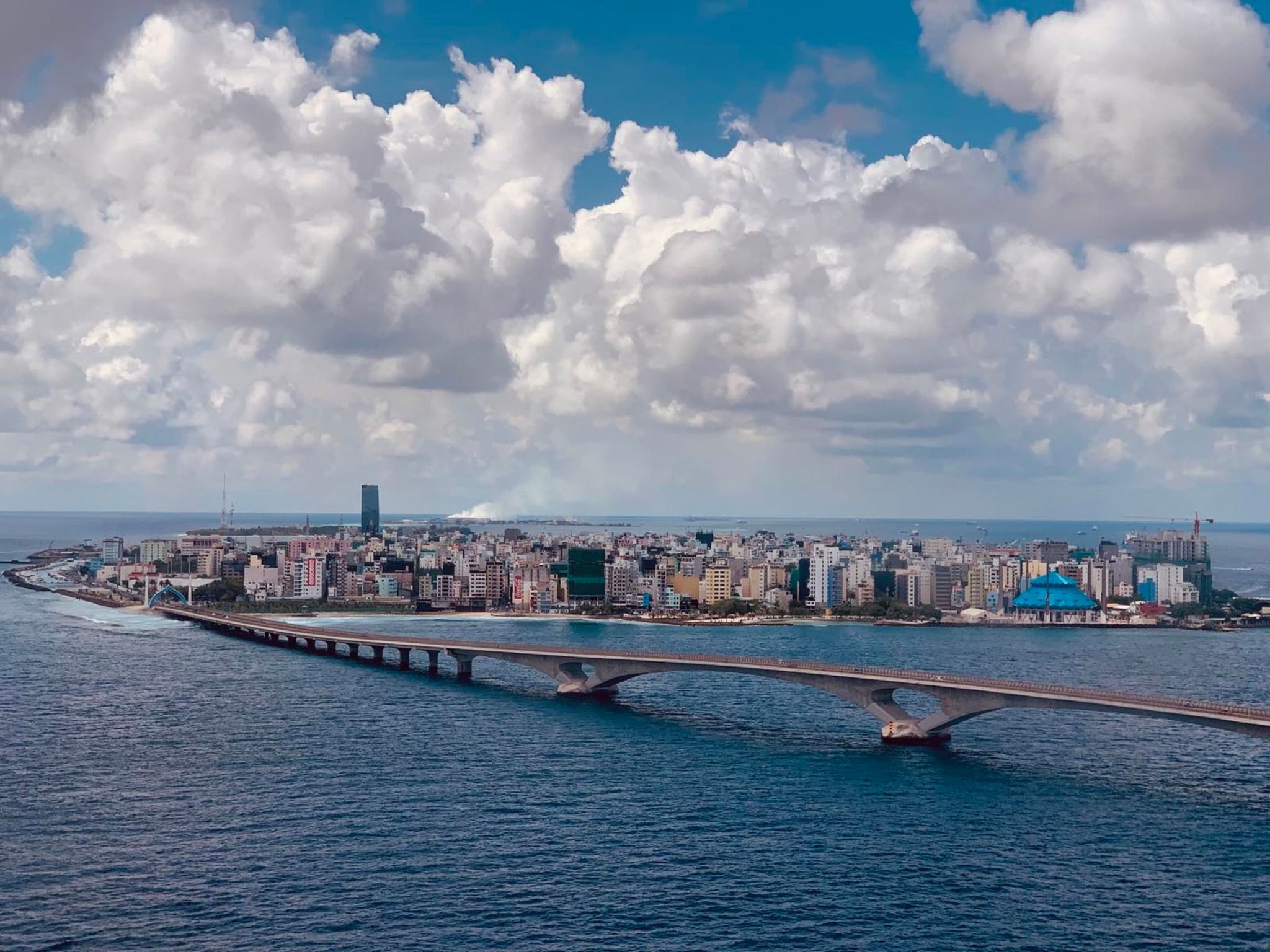





Turkusowe wody i bujne dżungle otaczają Wiktorię na wyspie Mahé, stolicę Seszeli i jedną z najmniejszych stolic na świecie. Tutaj kolorowe targi z egzotycznymi owocami i przyprawami łączą się z architekturą z czasów kolonialnych, a w centrum miasta znajduje się miniaturowa replika londyńskiego Big Bena – jeden z symboli Wiktorii. W pobliżu turyści mogą odwiedzić Ogród Botaniczny, gdzie rosną rzadkie gatunki palm i storczyków, a także zobaczyć olbrzymie żółwie w ich naturalnym środowisku.
Podróż do Wiktorii to okazja, by poczuć powolny rytm życia Seszeli i cieszyć się prawdziwie tropikalną atmosferą. Spacer nadbrzeżem, wizyta w Narodowej Galerii Sztuki lub degustacja świeżo złowionych ryb w lokalnych kawiarniach pozwolą lepiej poznać kulturę i codzienność mieszkańców wyspy. Zaledwie kilka minut od centrum rozpoczynają się plaże z białym piaskiem i lazurową wodą, zapraszając do podwodnych przygód wśród raf koralowych Mahé.


Nosy Be to tropikalna wyspa u wybrzeży Madagaskaru, znana z nienaruszonych plaż i tętniącego życiem świata morskiego. Wyspa przyciąga turystów swoją niezwykłą naturą: białe piaszczyste plaże, szmaragdowa woda, rafy koralowe i bujna zieleń. Nosy Be to doskonałe miejsce dla tych, którzy chcą odpocząć z dala od miejskiego zgiełku i zanurzyć się w atmosferze spokoju. Można tu uprawiać nurkowanie, snorkeling lub po prostu relaksować się na plaży, podziwiając zachody słońca.
Wyspa słynie również z unikalnych rezerwatów przyrody, takich jak Park Lemurów, w którym można zobaczyć rzadkie zwierzęta, w tym lemury oraz inne endemiczne gatunki fauny Madagaskaru. Nosy Be to nie tylko miejsce do wypoczynku na plaży, ale także cel kulturowy: na wyspie odbywają się kolorowe święta i festiwale, a lokalna kuchnia oferuje unikalne dania, które łączą tradycje afrykańskie, arabskie i francuskie.

Turkusowe laguny, lasy namorzynowe i zapach przypraw unoszący się w powietrzu — wszystko to od razu wprowadza w atmosferę Mamoudzou, administracyjnego centrum wyspy Majotta. To miasto to żywy przykład kulturowej mozaiki: francuska infrastruktura przeplata się tu z komoryjskimi tradycjami, a meczety sąsiadują z kreolskimi targami, na których słychać język shimaore i można kupić świeże langusty.
Mamoudzou przyciąga podróżników szukających egzotyki poza utartym szlakiem: można tu wyruszyć na morskie safari, by zobaczyć wieloryby i delfiny w lagunie chronionej przez trzecią co do wielkości rafę koralową na świecie, lub po prostu podziwiać zachód słońca z widokiem na sąsiednią wyspę Petite-Terre. To miejsce dla tych, którzy chcą odkryć nowy wymiar francuskiego zamorskiego romantyzmu — dzikiego, autentycznego i zaskakująco ciepłego.



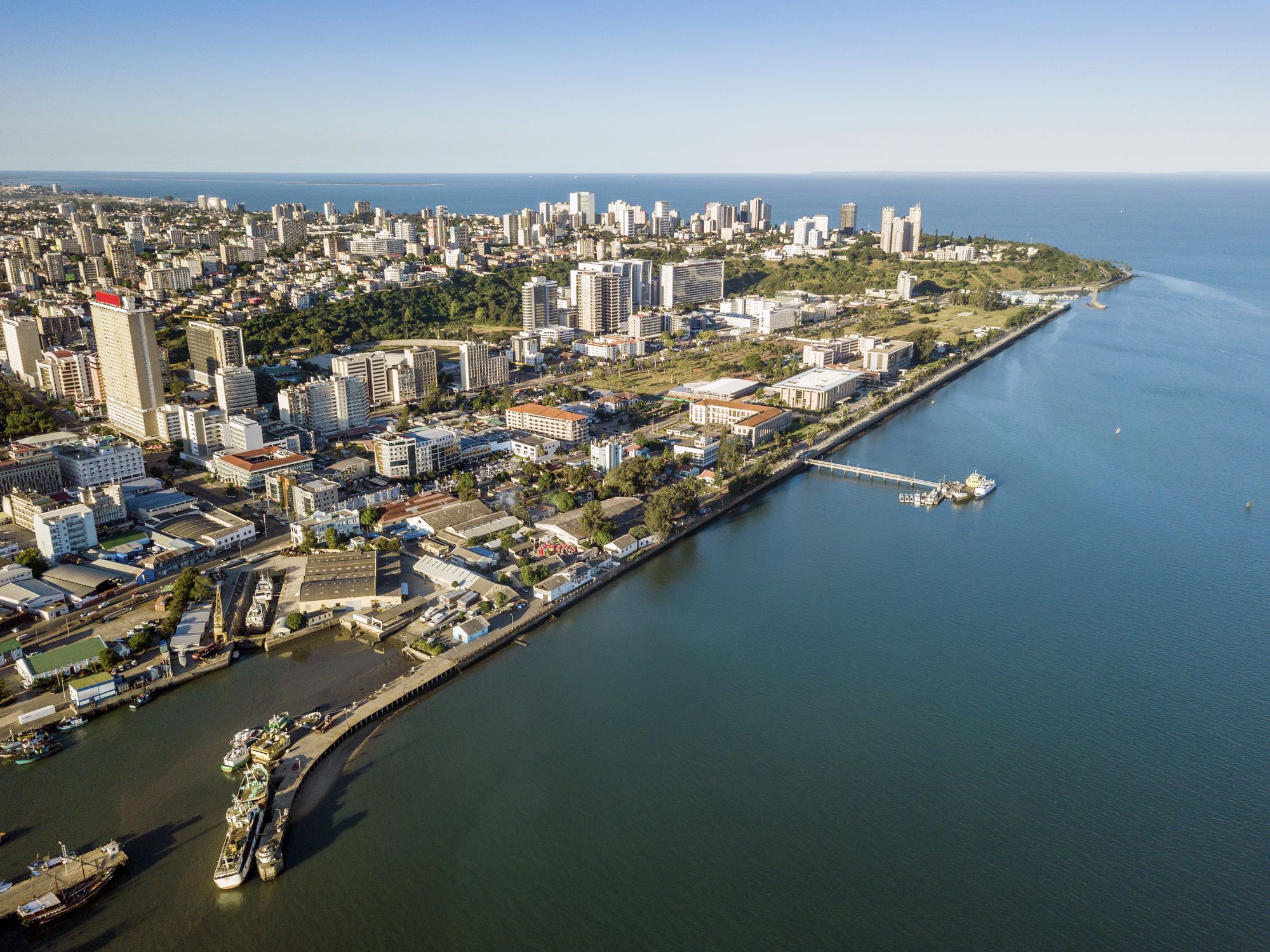
Maputo to stolica i największe miasto Mozambiku, położone nad brzegiem Oceanu Indyjskiego. Miasto wyróżnia się eklektyczną architekturą – portugalskie budynki kolonialne sąsiadują tu z nowoczesnymi konstrukcjami. Jedną z głównych atrakcji jest dworzec kolejowy, którego projekt przypisuje się uczniom Gustave’a Eiffla. Turystów przyciąga także nadmorska promenada z palmami, lokalne targi z owocami i rękodziełem oraz muzea opowiadające o bogatej historii kraju.
Pomimo swojej roli stolicy, Maputo zachowuje ciepłą i swobodną atmosferę. Można tu spróbować tradycyjnej kuchni bogatej w owoce morza i przyprawy, a także posłuchać muzyki marrabenta na żywo w ulicznych kawiarniach. Dzięki bliskości rezerwatów przyrody, takich jak Park Narodowy Maputo, miasto idealnie nadaje się dla podróżników poszukujących połączenia kultury i kontaktu z przyrodą.
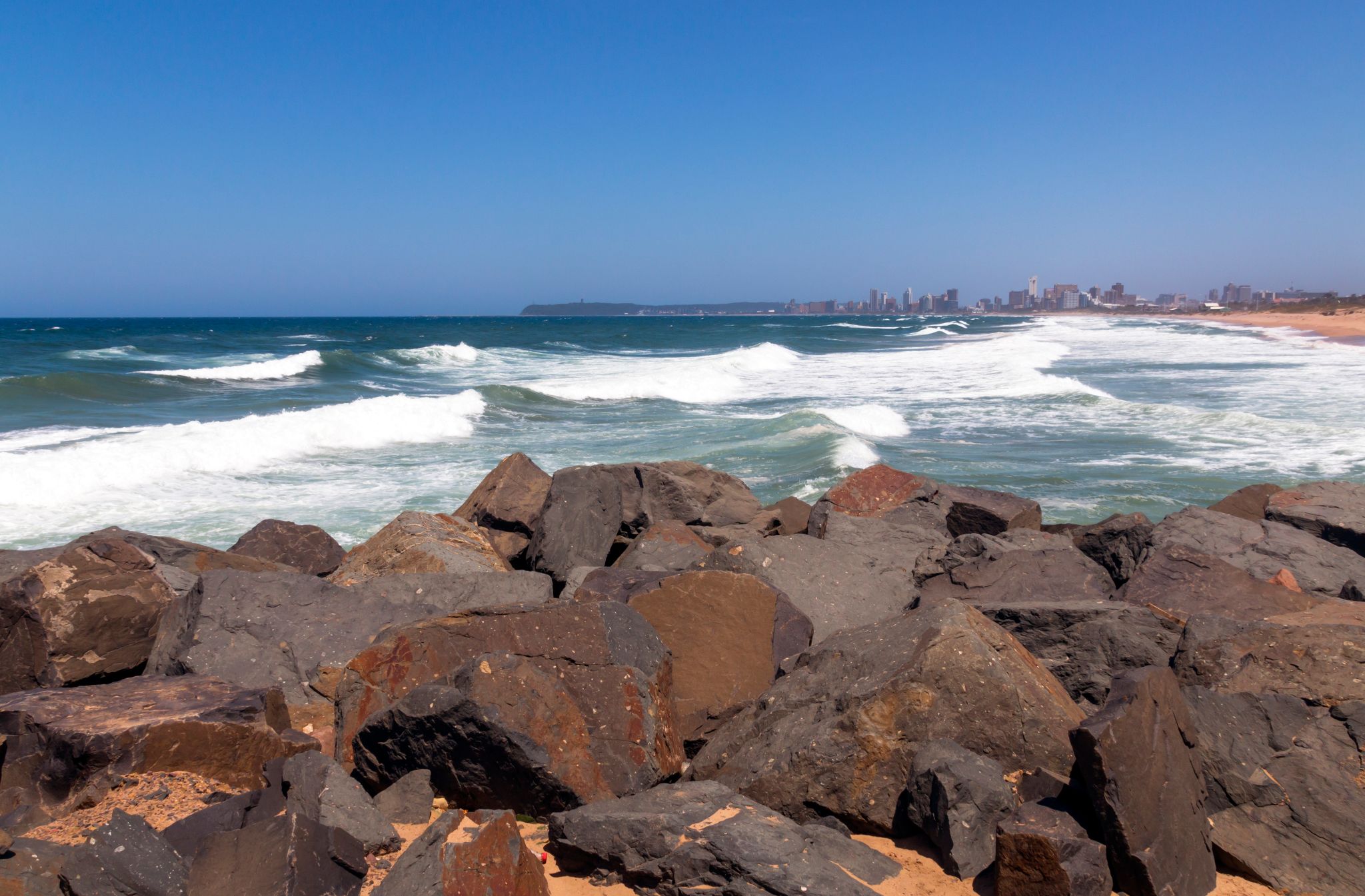
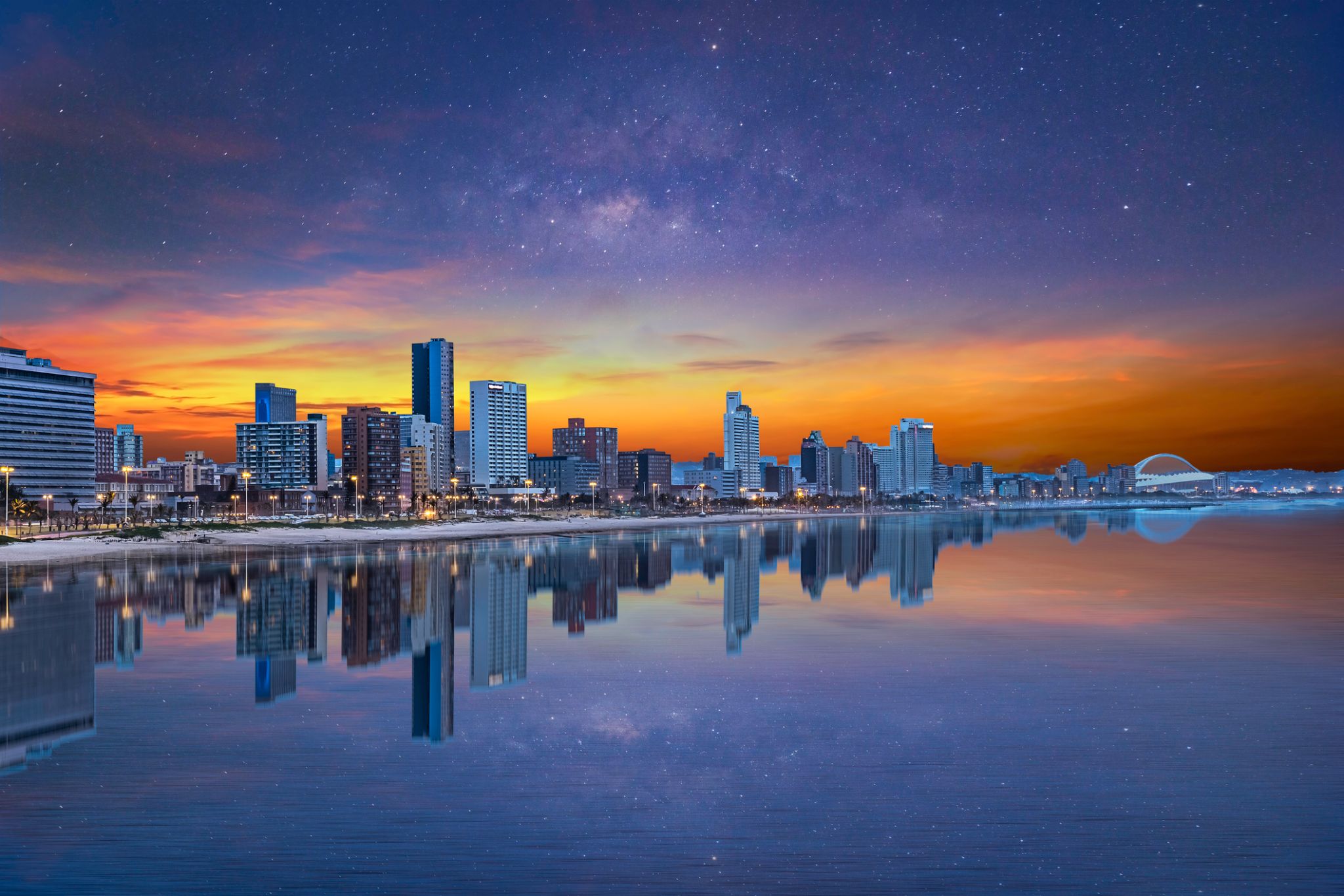
Durban is the third most populous city in South Africa—after Johannesburg and Cape Town—and the largest city in the South African province of KwaZulu-Natal. Located on the east coast of South Africa, Durban is famous for being the busiest port in the country. It is also seen as one of the major centres of tourism because of the city's warm subtropical climate and extensive beaches. Durban forms part of the eThekwini Metropolitan Municipality, which includes neighboring towns and has a population of about 3.44 million, making the combined municipality one of the biggest cities on the Indian Ocean coast of the African continent. It is also the second most important manufacturing hub in South Africa after Johannesburg. In 2015, Durban was recognised as one of the New7Wonders Cities (along with Vigan, Doha, La Paz, Havana, Beirut, and Kuala Lumpur).

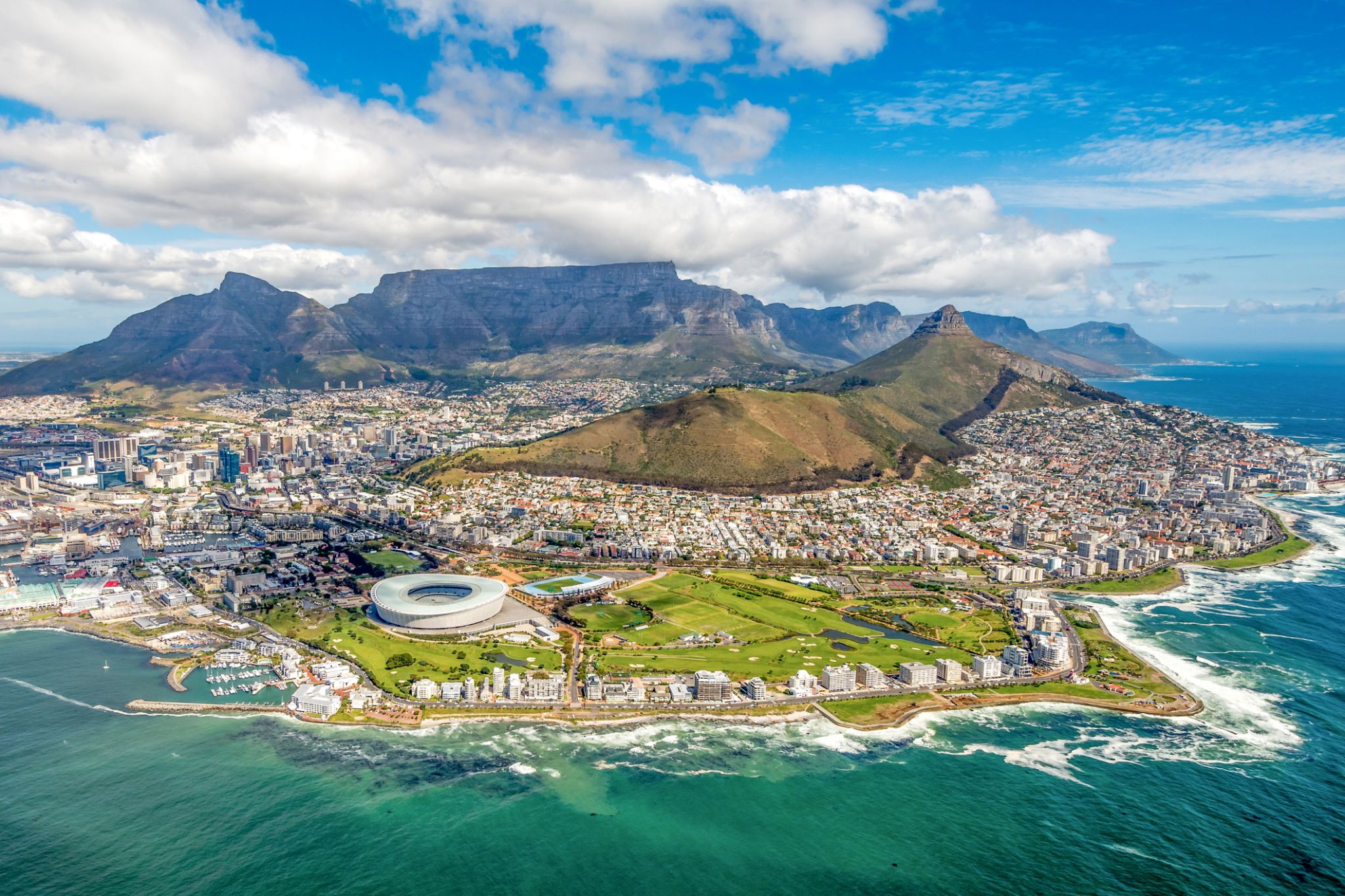
Cape Town is the oldest city in South Africa, colloquially named the Mother City. It is the legislative capital of South Africa and primate city of the Western Cape province. It forms part of the City of Cape Town metropolitan municipality.
The Parliament of South Africa sits in Cape Town. The other two capitals are located in Pretoria (the administrative capital where the Presidency is based) and Bloemfontein (the judicial capital where the Supreme Court of Appeal is located). The city is known for its harbour, for its natural setting in the Cape Floristic Region, and for landmarks such as Table Mountain and Cape Point. As of 2014, it is the 10th most populous city in Africa and home to 64% of the Western Cape's population. It is one of the most multicultural cities in the world, reflecting its role as a major destination for immigrants and expatriates to South Africa. The city was named the World Design Capital for 2014 by the International Council of Societies of Industrial Design. In 2014, Cape Town was named the best place in the world to visit by both The New York Times and The Daily Telegraph.
Located on the shore of Table Bay, Cape Town, as the oldest urban area in South Africa, was developed by the Dutch East India Company (VOC) as a supply station for Dutch ships sailing to East Africa, India, and the Far East. Jan van Riebeeck's arrival on 6 April 1652 established Dutch Cape Colony, the first permanent European settlement in South Africa. Cape Town outgrew its original purpose as the first European outpost at the Castle of Good Hope, becoming the economic and cultural hub of the Cape Colony. Until the Witwatersrand Gold Rush and the development of Johannesburg, Cape Town was the largest city in South Africa.

Cape Town is the oldest city in South Africa, colloquially named the Mother City. It is the legislative capital of South Africa and primate city of the Western Cape province. It forms part of the City of Cape Town metropolitan municipality.
The Parliament of South Africa sits in Cape Town. The other two capitals are located in Pretoria (the administrative capital where the Presidency is based) and Bloemfontein (the judicial capital where the Supreme Court of Appeal is located). The city is known for its harbour, for its natural setting in the Cape Floristic Region, and for landmarks such as Table Mountain and Cape Point. As of 2014, it is the 10th most populous city in Africa and home to 64% of the Western Cape's population. It is one of the most multicultural cities in the world, reflecting its role as a major destination for immigrants and expatriates to South Africa. The city was named the World Design Capital for 2014 by the International Council of Societies of Industrial Design. In 2014, Cape Town was named the best place in the world to visit by both The New York Times and The Daily Telegraph.
Located on the shore of Table Bay, Cape Town, as the oldest urban area in South Africa, was developed by the Dutch East India Company (VOC) as a supply station for Dutch ships sailing to East Africa, India, and the Far East. Jan van Riebeeck's arrival on 6 April 1652 established Dutch Cape Colony, the first permanent European settlement in South Africa. Cape Town outgrew its original purpose as the first European outpost at the Castle of Good Hope, becoming the economic and cultural hub of the Cape Colony. Until the Witwatersrand Gold Rush and the development of Johannesburg, Cape Town was the largest city in South Africa.

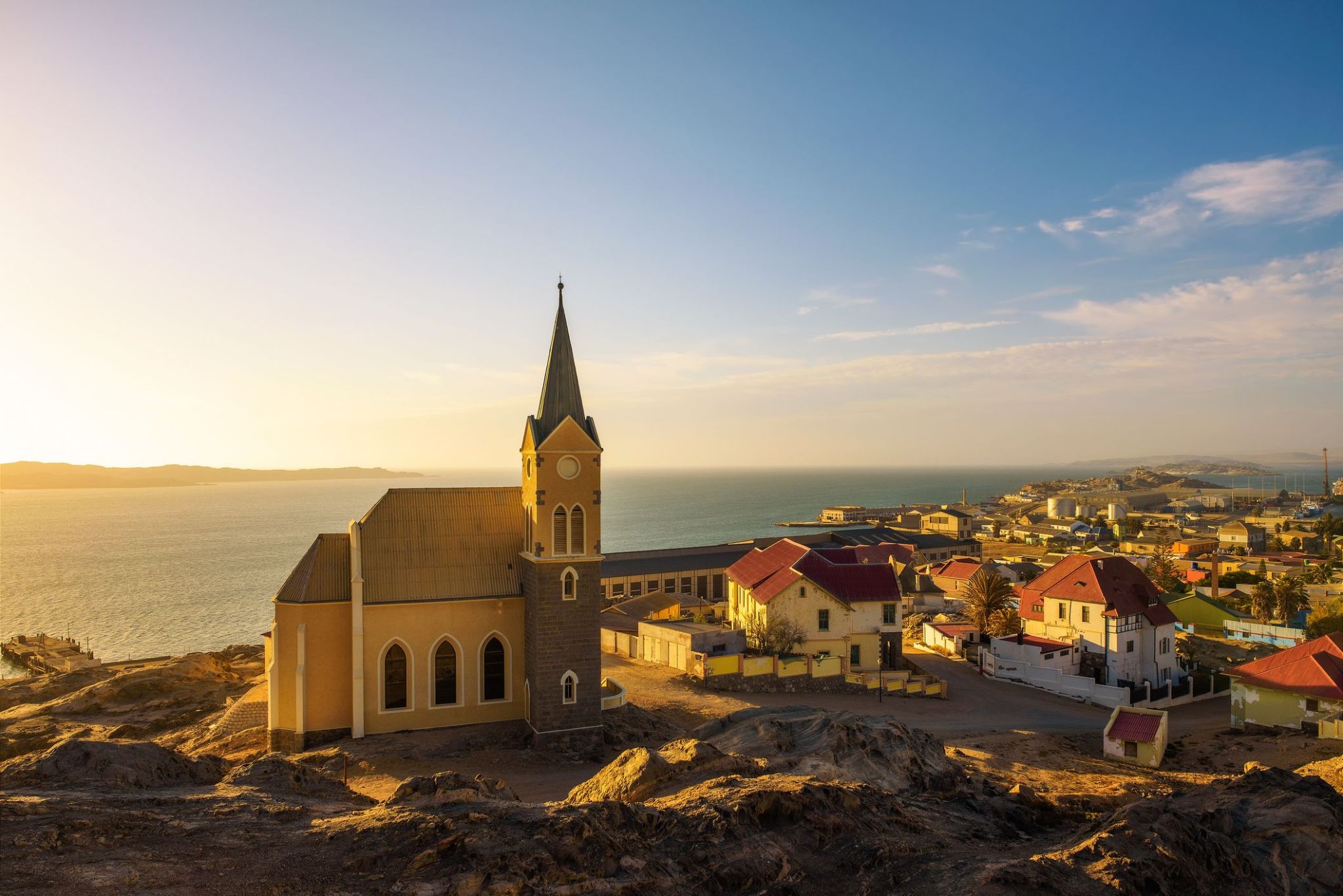
Wąskie brukowane uliczki prowadzą do kolorowych domów w pastelowych odcieniach, witając gości w Luderitz. To miasteczko, położone między pustynnymi wydmami a Oceanem Atlantyckim, zachowało niepowtarzalny urok początku XX wieku. Kolonialna architektura miesza się tutaj z morskim powietrzem, a przytulne kawiarnie przypominają o niemieckiej przeszłości miasta.
Luderitz słynie z zapierających dech w piersiach krajobrazów wybrzeża: turkusowe wody zatoki i skaliste zatoczki płynnie przechodzą w złociste piaski pustyni. Miłośnicy przygód mogą zwiedzać opuszczoną osadę górniczą Kolmanskop lub spacerować po lagunach, gdzie gromadzą się pelikany i flamingi. Ten zakątek Namibii oferuje wyjątkowe połączenie kultury, historii i natury, które warto odkryć.
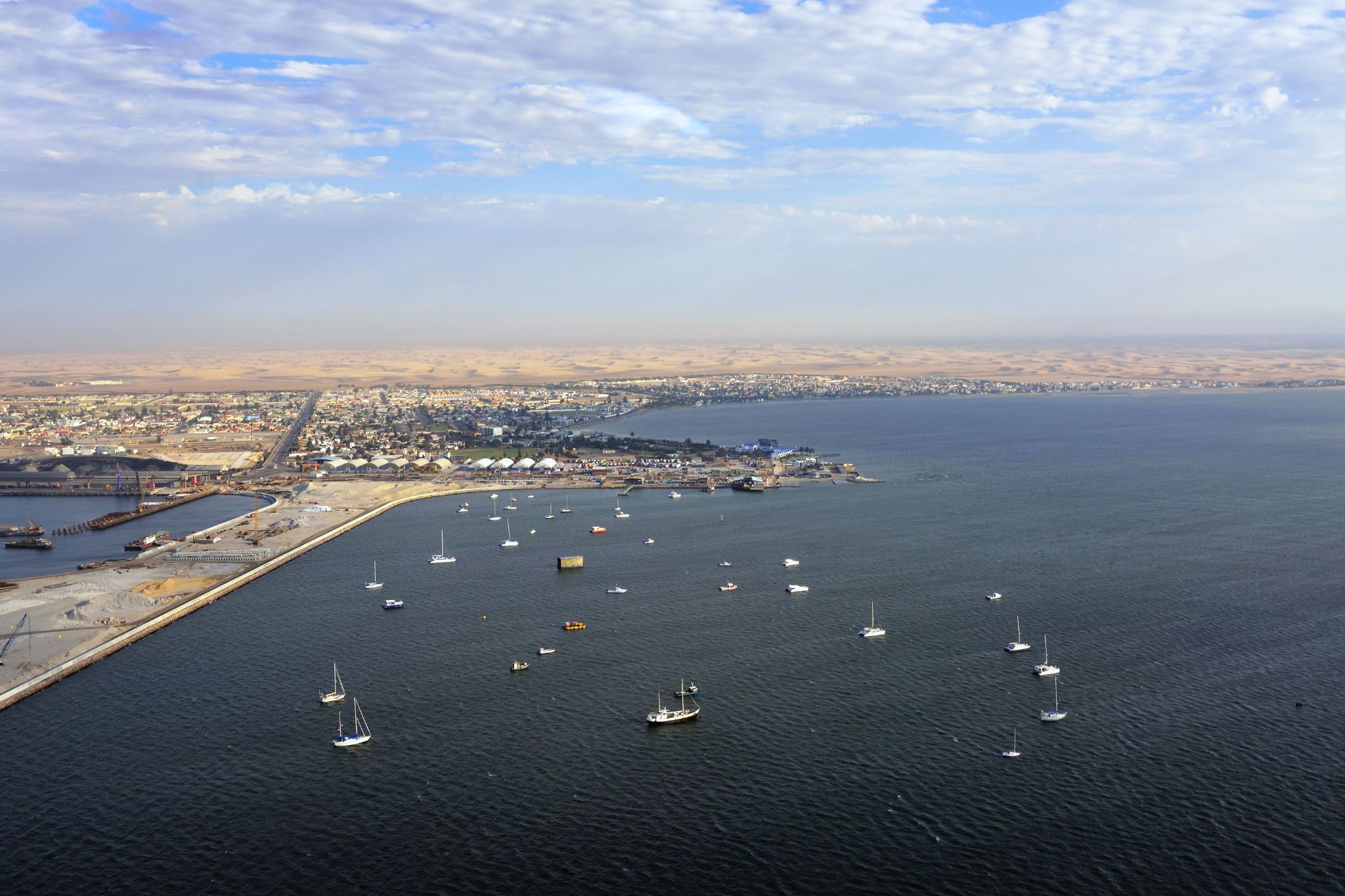
Walvis Bay — morskie wrota Namibii
Walvis Bay, położone nad Oceanem Atlantyckim w Namibii, to wyjątkowe połączenie przemysłowego portu i naturalnego raju. Miasto słynie z rozległej laguny — jednej z największych w Afryce — gdzie przez cały rok można obserwować flamingi, pelikany i inne ptaki wodne. To jedno z najlepszych miejsc w Afryce do obserwacji morskiej fauny: rejsy łodzią pozwalają dostrzec foki, delfiny, a czasem nawet wieloryby. Lagunę chętnie odwiedzają także kitesurferzy i windsurferzy dzięki stałym wiatrom i przestrzeniom wodnym.
Miasto odgrywa kluczową rolę gospodarczą jako największy port Namibii i centrum przemysłu rybnego. Walvis Bay przyciąga jednak nie tylko swoją funkcją, ale też sąsiedztwem z pustynią Namib, której słynne wydmy i księżycowe krajobrazy zaczynają się tuż za miastem. Takie niezwykłe połączenie morza i pustyni czyni to miejsce niezapomnianym punktem na mapie południowo-zachodniej Afryki.



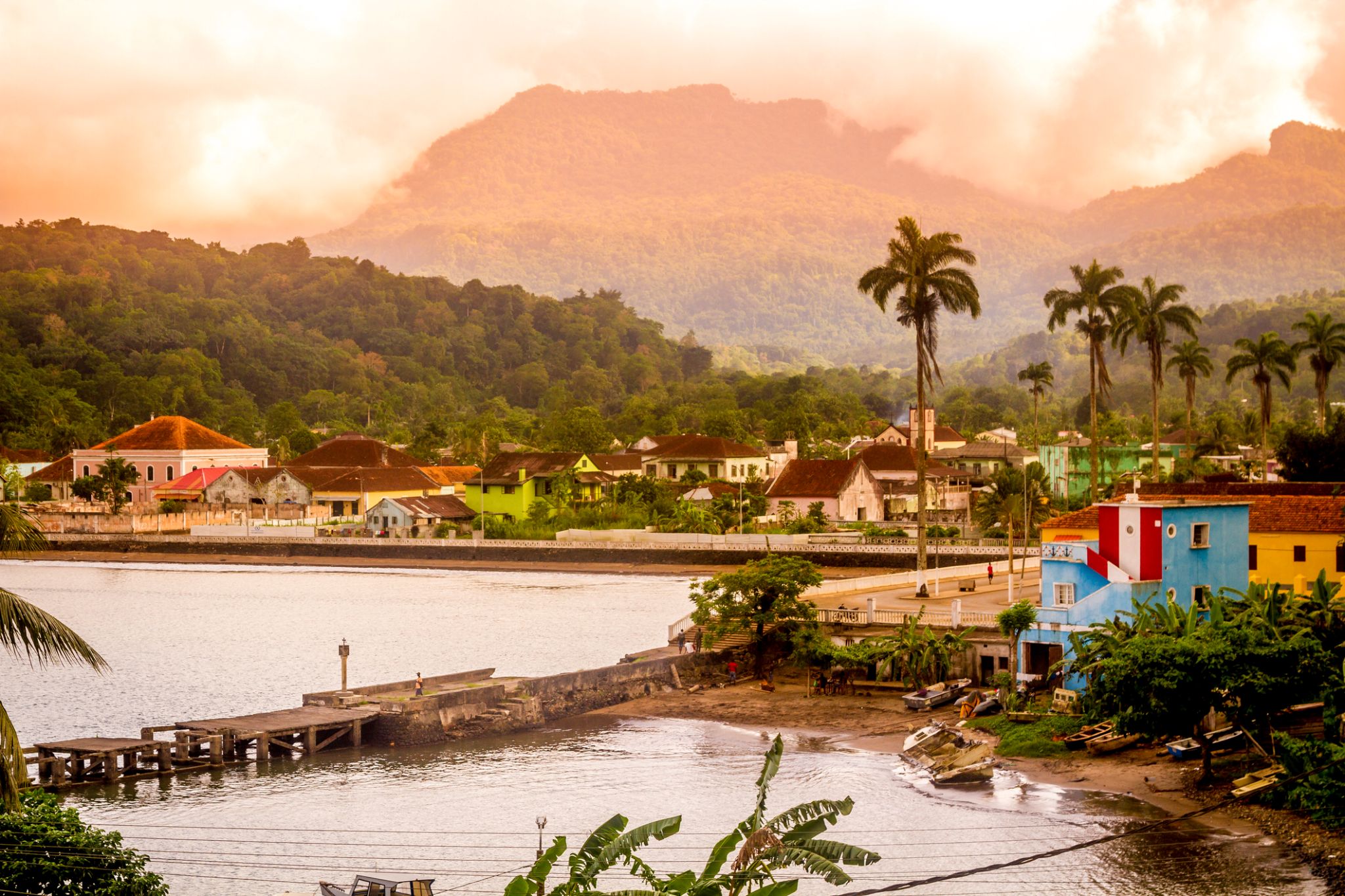

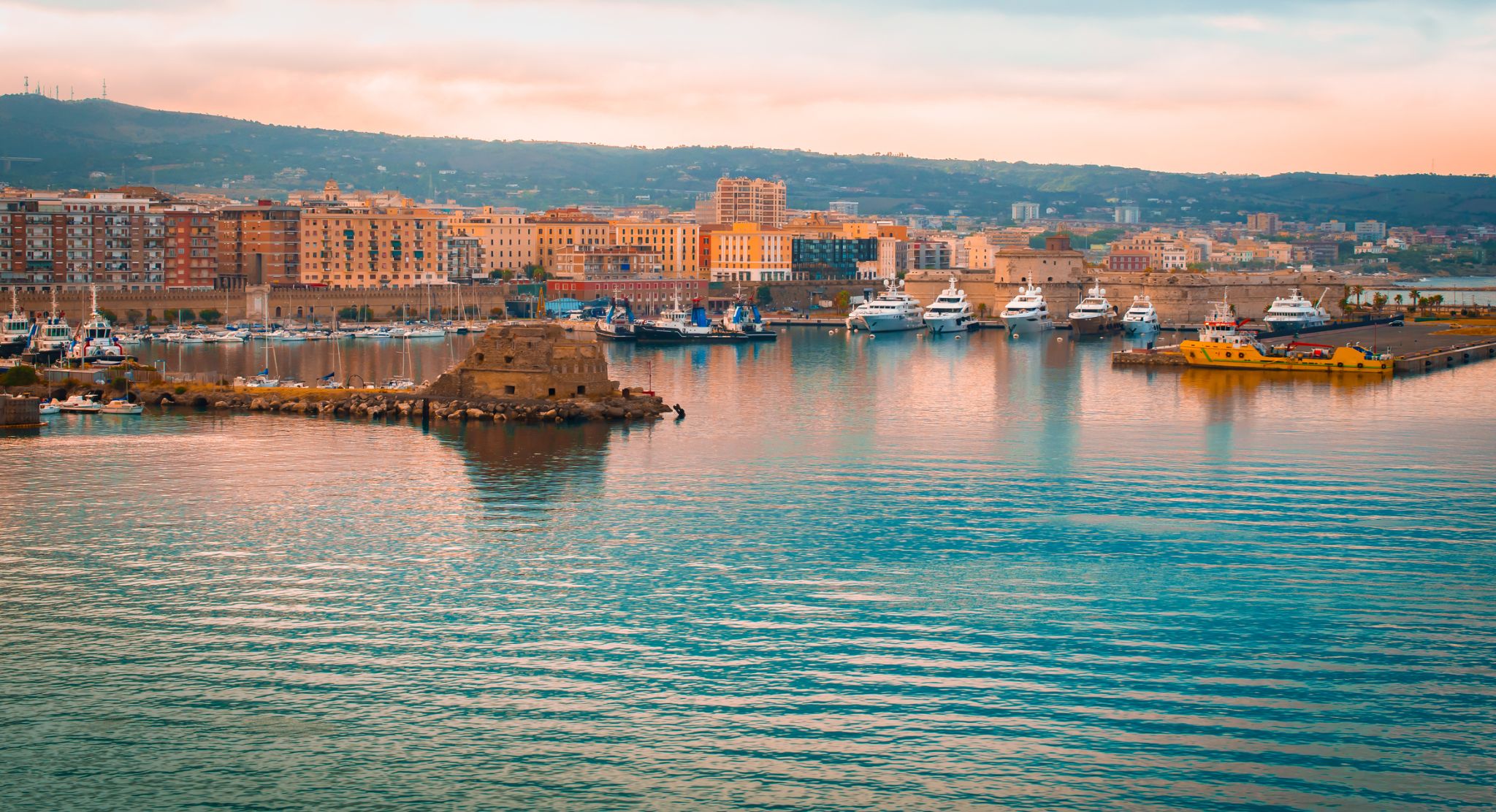
Rzym – jedno z najstarszych miast świata, niegdyś stolica Cesarstwa Rzymskiego, dziś stolica Włoch. Położony na siedmiu wzgórzach nad Tybrem, zachwyca pięknem i majestatem, którego nie da się oddać słowami – trzeba tu być. Każda rzeźba, fontanna czy budowla to dzieło sztuki pozostawione przez dawnych mistrzów. Najsłynniejsze atrakcje, które przyciągają turystów, to Koloseum – miejsce dawnych walk gladiatorów, Fontanna di Trevi, Schody Hiszpańskie, Bazylika św. Piotra – największy kościół Europy, a także Fora Cesarskie i Forum Romanum.
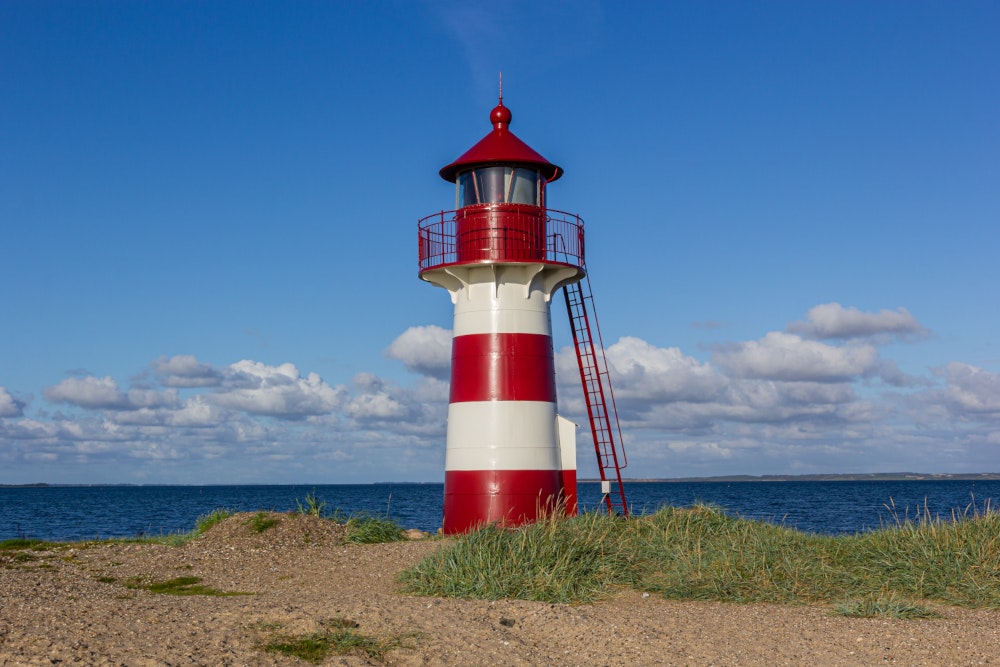
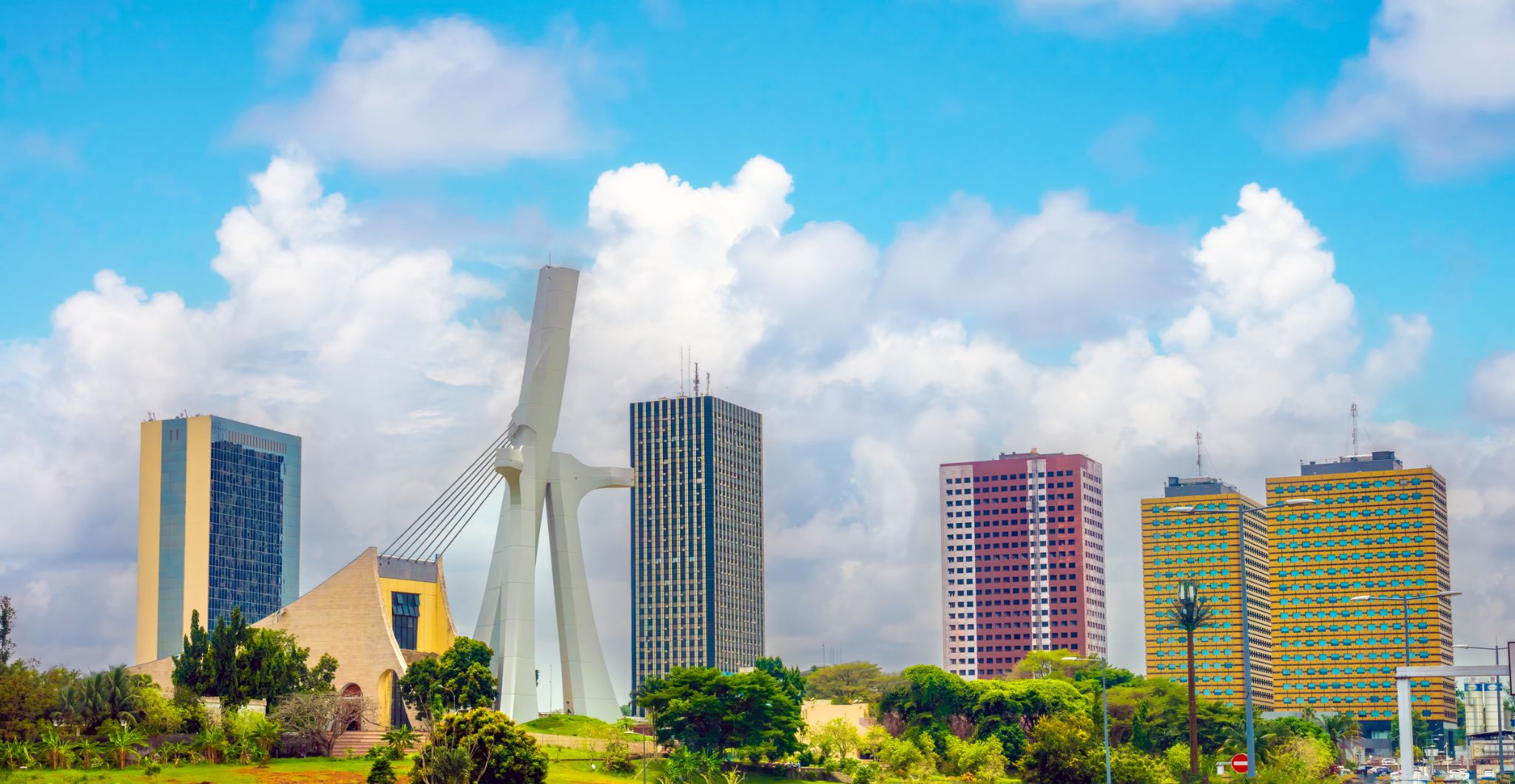



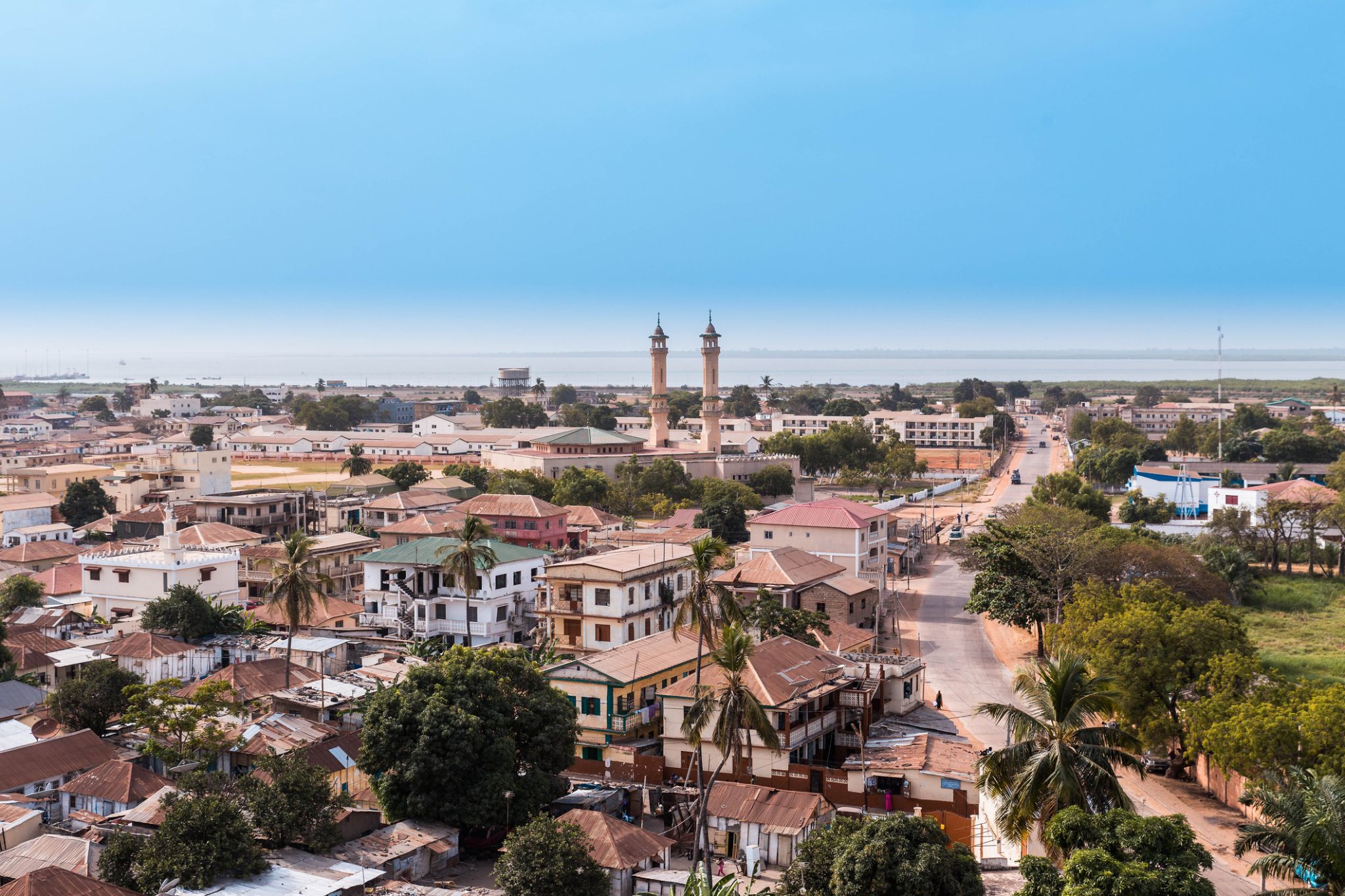
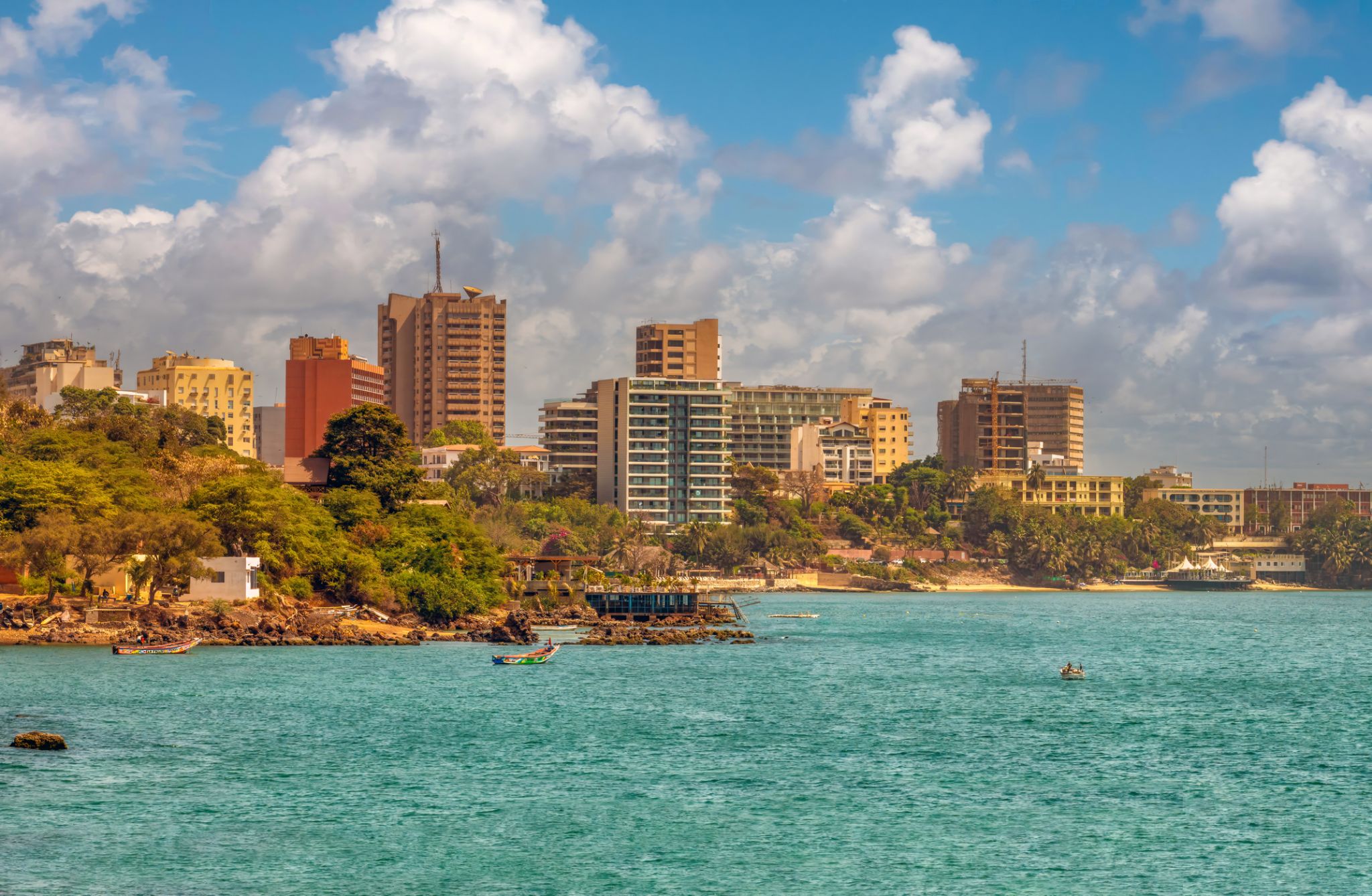
Dakar is the capital and largest city of Senegal. It is located on the Cap-Vert peninsula on the Atlantic coast and is the westernmost city on the African mainland. The city of Dakar proper has a population of 1,030,594, whereas the population of the Dakar metropolitan area is estimated at 2.45 million.
The area around Dakar was settled in the 15th century. The Portuguese established a presence on the island of Gorée off the coast of Cap-Vert and used it as a base for the Atlantic slave trade. France took over the island in 1677. Following the abolition of the slave trade and French annexation of the mainland area in the 19th century, Dakar grew into a major regional port and a major city of the French colonial empire. In 1902, Dakar replaced Saint-Louis as the capital of French West Africa. From 1959 to 1960, Dakar was the capital of the short-lived Mali Federation. In 1960, it became the capital of the independent Republic of Senegal.

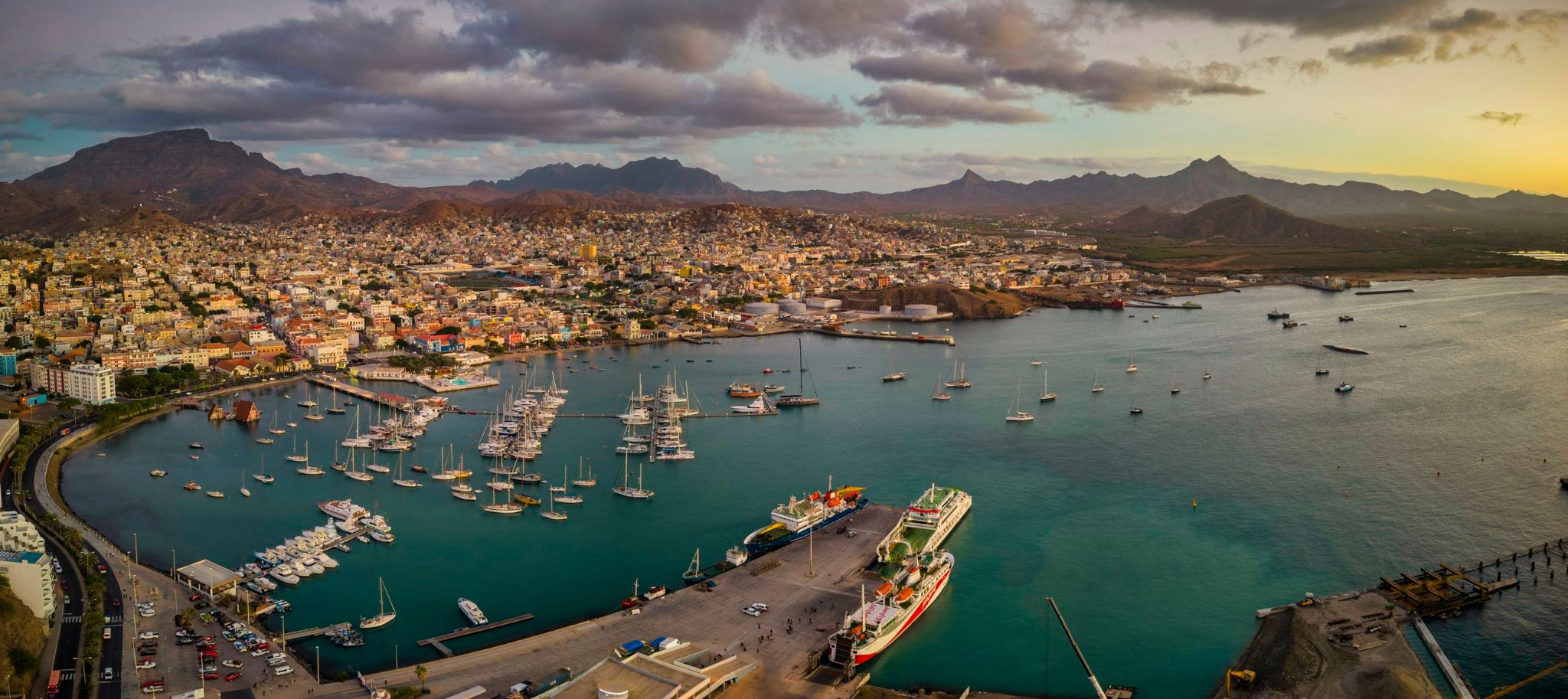
Turkusowe fale Atlantyku otaczają zatokę Mindelo na wyspie São Vicente, zapraszając podróżnych do zanurzenia się w rytmy muzyki kabowerdyjskiej i ciepłej atmosfery. To miasto, znane jako kulturalna stolica Republiki Zielonego Przylądka, zachwyca kolorowymi kolonialnymi budynkami, żywymi dźwiękami morny i coladeiry oraz ulicznymi kawiarniami, w których można spróbować świeżych owoców morza przy dźwiękach gitary.
W Mindelo na gości czekają spacery nadmorską promenadą z widokiem na góry i port, przytulne sklepiki z lokalnym rękodziełem oraz piaszczyste plaże, gdzie delikatny wiatr niesie zapach oceanu. To miasto daje szansę poczuć powolne tempo wyspiarskiego życia, zanurzyć się w muzyce rozbrzmiewającej na każdym kroku i zabrać do domu wspomnienia o prawdziwym Cabo Verde, pełnym uśmiechów i ciepłego słońca.


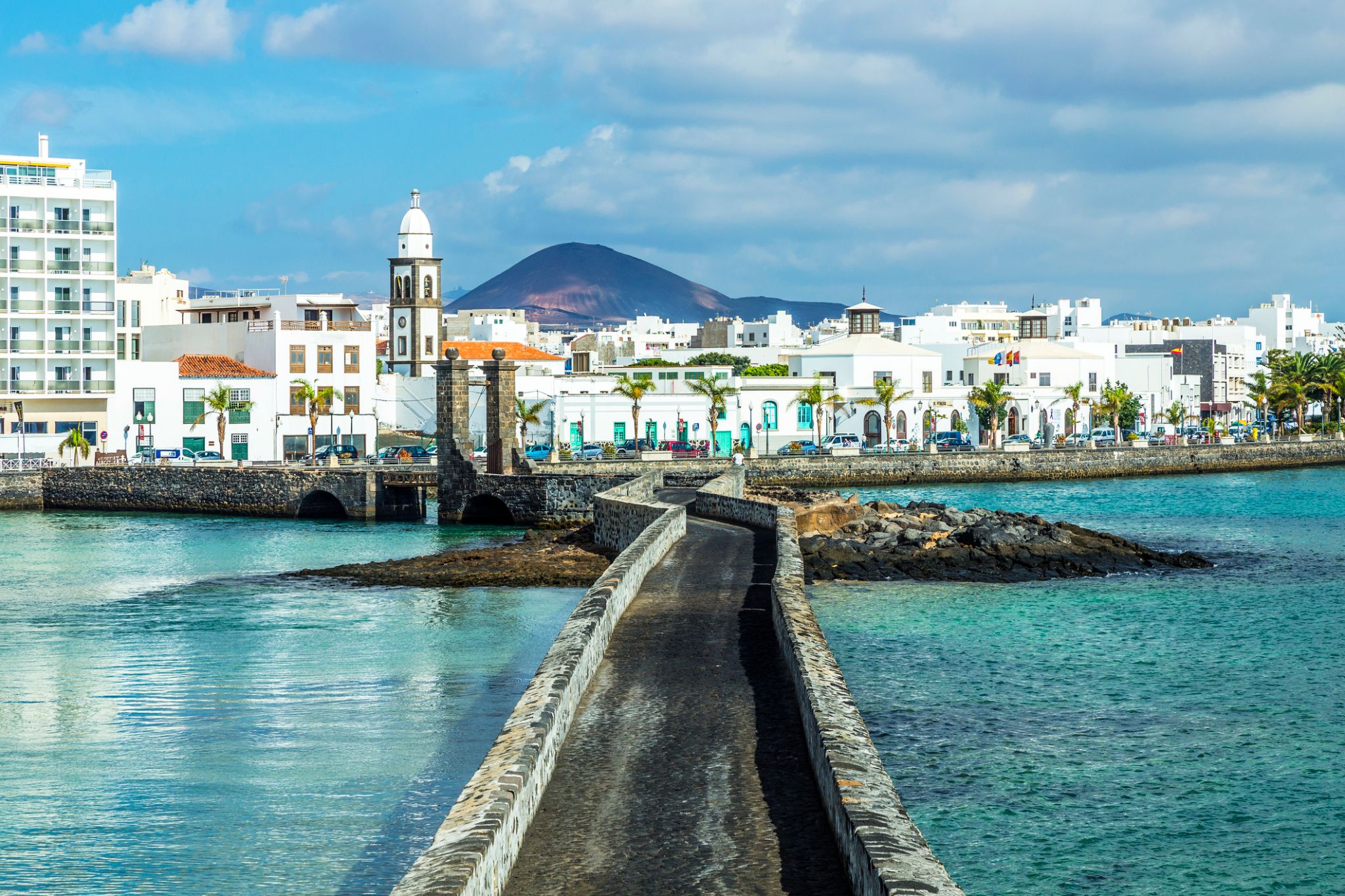
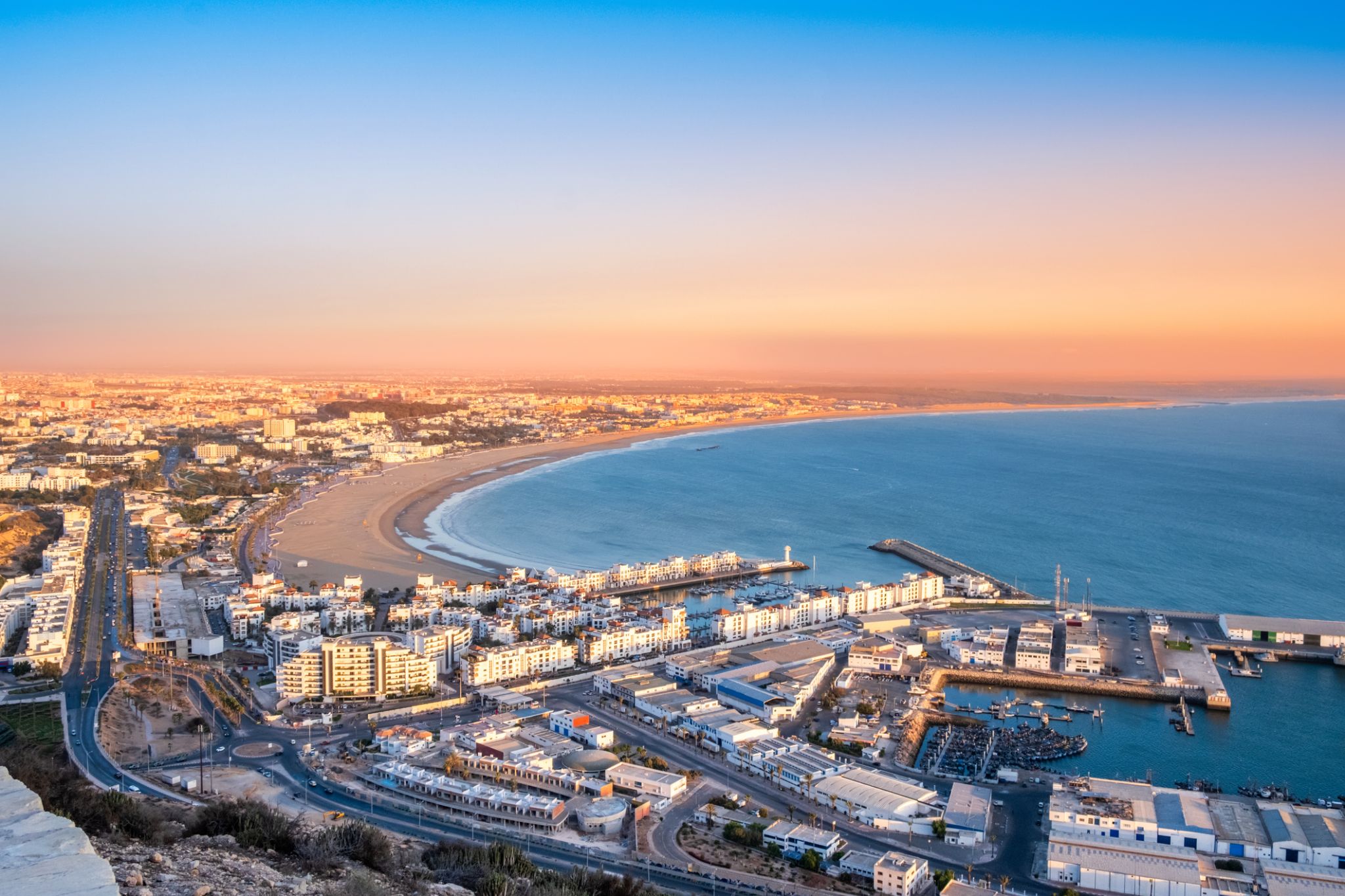
Agadir is the center of modern tourism in Morocco. Agadir Beach stretches for 10 km. The beautiful golden beach, surrounded by eucalyptus greenery and pine trees, is the most beautiful place among all Moroccan resorts. In Agadir, tourists will always find entertainment to their liking. Here you can ride camels or thoroughbred horses, play golf and tennis, smoke hookah, or experience all the delights of sea fishing. In the city's restaurants, you can taste the freshest and most delicious seafood, the assortment of which is simply magnificent: sea bass, sardines, tuna, shrimp, lobsters, crayfish. You can buy alcohol everywhere, but remember to do it before eight in the evening. And don't forget to visit the Medina of Agadir – a city built by an Italian architect. Inside the Medina, there are more than 30 shops and workshops.


Lizbona jest stolicą i największym miastem Portugalii, z szacowaną populacją 505 526 mieszkańców w granicach administracyjnych na obszarze 100,05 km². Jej obszar miejski rozciąga się poza granice administracyjne miasta i liczy około 2,8 miliona mieszkańców, co czyni go jedenastym najbardziej zaludnionym obszarem miejskim w Unii Europejskiej. Około 3 milionów ludzi mieszka w aglomeracji lizbońskiej (która stanowi około 27% populacji kraju). Jest to najbardziej wysunięta na zachód stolica kontynentalnej Europy i jedyna położona nad Oceanem Atlantyckim. Lizbona leży na zachodnim Półwyspie Iberyjskim nad Oceanem Atlantyckim i rzeką Tag. Najbardziej wysunięte na zachód obszary jej aglomeracji tworzą najbardziej wysunięty na zachód punkt kontynentalnej Europy, znany jako Cabo da Roca, położony w górach Sintra.